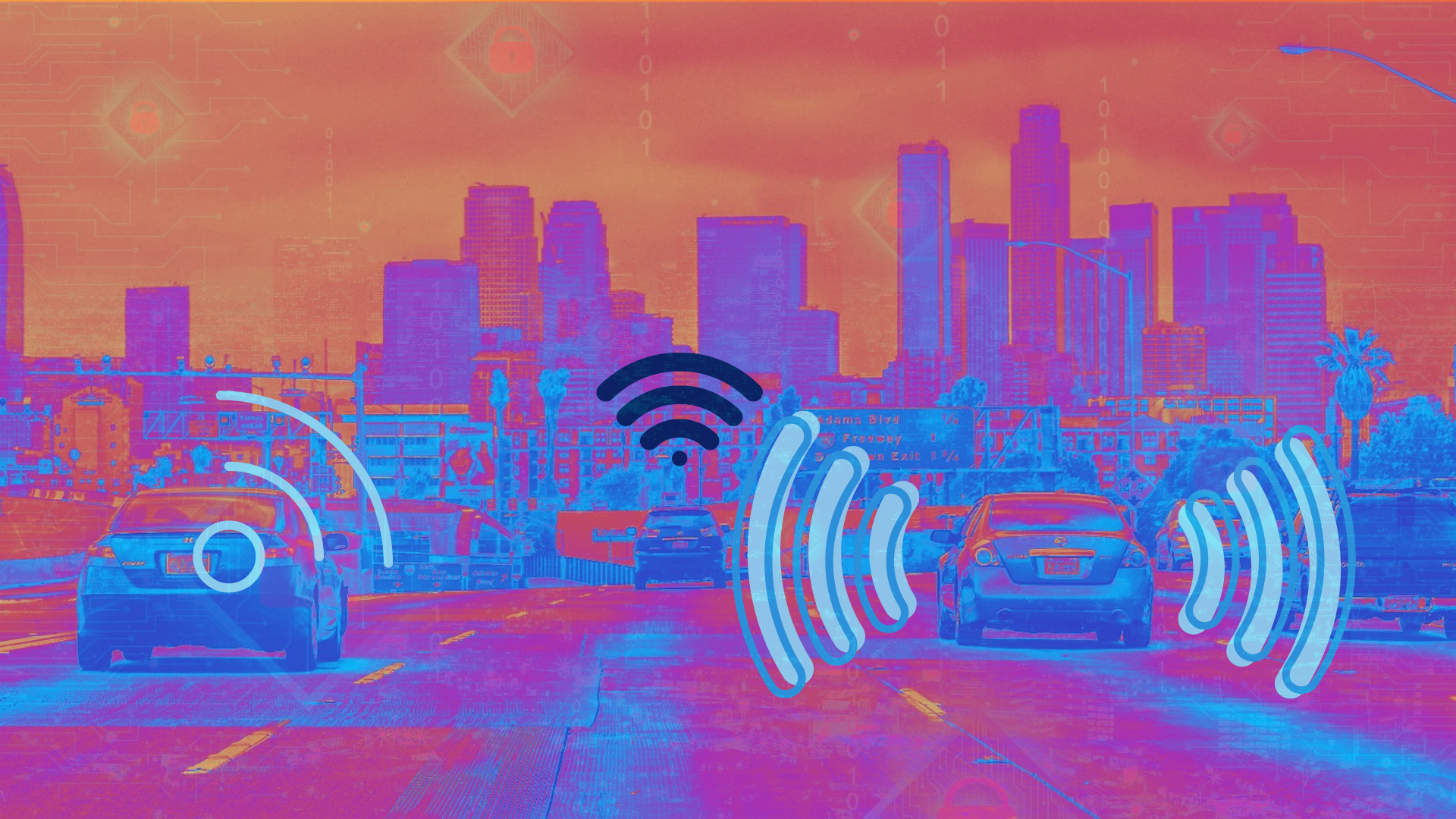
Image Credit: Lehigh University
Even cars with real drivers could gain from the ability to work in unison to prevent calamity and guarantee efficiency.
Provisional, ad hoc networks will form around groups of vehicles and the onboard sensors and communications technology that allow them to steer.
The current trend toward incorporating powerful sensors and communications to form vehicle networks has tremendous potential.
Rick Blum, Robert W. Wieseman Professor, Electrical and Computer Engineering, Lehigh University
Through this, they will interact, allowing them to “see” one another and react based on the information provided.
“But it also has the potential to create a cybersecurity nightmare―or worse. Developing theory around the impact and mitigation of cyberattacks on networks of autonomous and human-driven vehicles is critical and urgent, and further study is greatly needed.” Blum stated.
This project hopes to show that incorporating powerful sensors and communications to form vehicle networks can actually provide greatly enhanced cybersecurity―if these resources are used properly. While autonomous vehicles are typically tested for deployment just by driving them, this testing alone will not provide suitable information on cyberattack vulnerability.
Rick Blum, Robert W. Wieseman Professor, Electrical and Computer Engineering, Lehigh University
In this study, Blum and his team will formulate theory and algorithms for “near optimum low complexity cyberattack mitigation” on sensor-fitted networks of autonomous vehicles and human-driven vehicles.
“These algorithms will employ engineering models coupled with unsupervised and supervised machine learning and incorporate all relevant information,” he continues.
The incorporation of engineering models will allow the overall process to be interpretable, which is important for trust in such dangerous cyber-physical systems.
Rick Blum, Robert W. Wieseman Professor, Electrical and Computer Engineering, Lehigh University